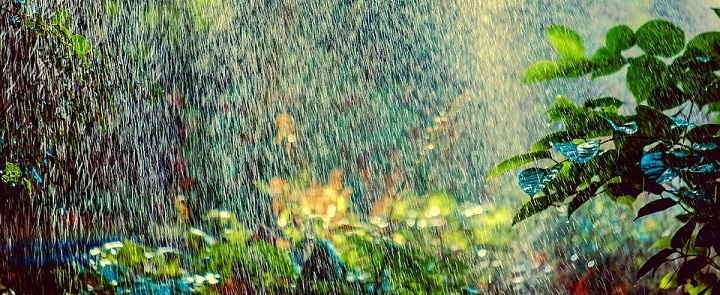
by Tom Barrett | Mar 4, 2020
EPA’s Annual Fix a Leak Week Runs from
March 16-22, 2020
As an irrigation professional, what are you doing to combat water waste? If you’re not sure, then Fix a Leak Week is a great time to start!
According to the EPA, household leaks can waste more than 1 trillion gallons of water annually! That amounts to nearly 10,000 gallons of wasted water for the average household – enough water to wash 270 loads of laundry.
And just repairing a leaky toilet can save up to 500 gallons of water a day, the amount needed to fill the average backyard swimming pool.
Plugging Those Leaks!
Fix a Leak Week is the perfect time to check for leaky kitchen and bathroom faucets, malfunctioning toilets and errant irrigation systems. Let your customers know that, by fixing some of these easily corrected household leaks, they can save about 10 percent on their water bills!
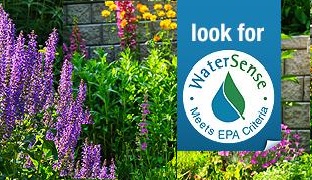
Are You WaterSense Certified?
Have you taken the time to become WaterSense certified? If not, why not?
Certification entitles you to exclusive EPA benefits. Such as:
- Inclusion in the WaterSense online Directory of Certified Professionals.
- Work opportunities for new home projects, federal facilities, and LEED® projects.
- Use of the WaterSense promotional label on business cards and marketing items.
- Increased exposure to customers through national recognition from EPA as an environmental steward.
- Access to helpful tools and materials created by EPA.
Interested? Click Here.
Here are a couple of ways to identify water leaks:
 Take a look at the water usage during a colder month, such as January or February. If a family of four uses more than 12,000 gallons per month, there are some serious leaks.
Take a look at the water usage during a colder month, such as January or February. If a family of four uses more than 12,000 gallons per month, there are some serious leaks.
 Check the water meter before and after a two-hour period when no water is being used. If the meter changes at all, there’s probably a leak.
Check the water meter before and after a two-hour period when no water is being used. If the meter changes at all, there’s probably a leak.
Some Easy Fixes
There’s also a simple way to identify leaks in a toilet. Place a drop of food coloring in the toilet tank. If the color shows up in the bowl after 10 minutes, you have a leak. (This problem can often be fixed by simply replacing the flapper.)
Most faucet leaks can be fixed by replacing old and worn faucet washers and gaskets. For leaky shower heads, use pipe tape to secure the connection between the showerhead and the pipe stem.
For the EPA’s complete list of leak fixes, click here.
Calling All Irrigation Professionals!
Did you know, an irrigation system leak as small as 1/32nd of an inch in diameter (about the thickness of a dime) can waste about 6,300 gallons of water per month!?
Remind your customers that a residential irrigation system should be checked each spring before use to make sure it wasn’t damaged by frost or freezing.
If you’re WaterSense certified (see sidebar, above right), let them know that you’ve passed a government-approved certification program specifically focused on water efficiency. Not only can you help detect and correct leaks for them, but you can also make sure their systems operate as efficiently as possible.
Sources:
Featured Image: Adobe, License Granted
EPA
The Washington Post
Water Use It Wisely
Water News Network

by Tom Barrett | Sep 11, 2019
Improve Your System’s Efficiency
and Avoid Costly Repairs
Did you know that your irrigation system accounts for between 50% and 75% of your home’s monthly water usage?
Did you also know that more plants die from overwatering than underwatering?
Those are just two of the many reasons that regular maintenance is needed to keep your sprinkler system running efficiently year after year. Here’s another: Damage from lawn equipment or improper winterization can result in costly leaks and other serious problems.
An Ounce of Prevention
Here are a few simple checks to perform on a monthly, annual or periodic basis to ensure your sprinkler system is operation at an optimal level:
Every Month During Growing Season…
 Inspect the controller and make sure it’s plugged in and functioning.
Inspect the controller and make sure it’s plugged in and functioning.
 Check the connection on all of the wires and sensors.
Check the connection on all of the wires and sensors.
 Adjust sprinkler head positions and spray patterns to avoid watering sidewalks or structures and to provide necessary clearance over growing plants.
Adjust sprinkler head positions and spray patterns to avoid watering sidewalks or structures and to provide necessary clearance over growing plants.
 Remove obstructions that prevent sprinklers from distributing water evenly.
Remove obstructions that prevent sprinklers from distributing water evenly.
 Check the pressure. Pressure can change over time and negatively affect your system’s efficiency. If the pressure is too high, it’ll result in significant runoff.
Check the pressure. Pressure can change over time and negatively affect your system’s efficiency. If the pressure is too high, it’ll result in significant runoff.
 Inspect your system for leaks — a huge water waster. This step requires the help of your irrigation contractor. He’ll not only check for leaks and broken or clogged spray heads; he can also advise you about common problems to watch for between visits.
Inspect your system for leaks — a huge water waster. This step requires the help of your irrigation contractor. He’ll not only check for leaks and broken or clogged spray heads; he can also advise you about common problems to watch for between visits.
–Article Continues Below–

Once a Year…
 Winterize, winterize, winterize! This routine maintenance procedure is critical. Overlook it, and you can expect costly damage to your system. But this is something best left to the professionals. Your irrigation contractor has specialized equipment to flush out the water that could otherwise freeze, resulting in cracked pipes, valves and other parts. (See related article, “How to Winterize Your Landscape Irrigation System.”)
Winterize, winterize, winterize! This routine maintenance procedure is critical. Overlook it, and you can expect costly damage to your system. But this is something best left to the professionals. Your irrigation contractor has specialized equipment to flush out the water that could otherwise freeze, resulting in cracked pipes, valves and other parts. (See related article, “How to Winterize Your Landscape Irrigation System.”)
 Get your back flow checked. Federal and state laws require that your backflow connection be tested annually by a state-certified tester. (This is typically part of the winterization process.)
Get your back flow checked. Federal and state laws require that your backflow connection be tested annually by a state-certified tester. (This is typically part of the winterization process.)
Once in a While or As Needed…
 Now and then, it’s a good idea to have your system audited. Hire a Certified Irrigation Auditor to conduct an audit and uniformity test. If your system is watering unevenly or improperly, he can make the necessary adjustments.
Now and then, it’s a good idea to have your system audited. Hire a Certified Irrigation Auditor to conduct an audit and uniformity test. If your system is watering unevenly or improperly, he can make the necessary adjustments.
 Replace your controller’s back-up battery whenever you replace your smoke alarm batteries.
Replace your controller’s back-up battery whenever you replace your smoke alarm batteries.
 Adjust the watering schedule to reflect the current season and irrigation needs of your landscape.
Adjust the watering schedule to reflect the current season and irrigation needs of your landscape.
With the proper routine maintenance, your irrigation system will serve you well for seasons to come!

Sources:
Conserve H20
Alliance for Water Efficiency

by Tom Barrett | Jul 10, 2019
Results Are in for Two-Year
Water Efficiency Study
Outdoor water efficiency programs work.
That’s the conclusion reached by the Alliance for Water Efficiency (AWE) following its two-year Landscape Transformation study. The AWE researched 14 different community-driven programs from across the country. In the final analysis, the AWE determined that these programs reduced outdoor water usage by 7 to 39 percent for program participants.
 The water efficiency programs studied included incentives for efficient irrigation technologies, free distribution of mulch, turf removal and water-wise re-landscaping, and customer site audits. Water savings were achieved in every community, regardless of the climate, program type or incentives for participation. (To download the Landscape Transformation Executive Summary, click here.)
The water efficiency programs studied included incentives for efficient irrigation technologies, free distribution of mulch, turf removal and water-wise re-landscaping, and customer site audits. Water savings were achieved in every community, regardless of the climate, program type or incentives for participation. (To download the Landscape Transformation Executive Summary, click here.)
According to the EPA, nearly nine billion gallons of water are used each day outdoors, mainly for landscape irrigation. In addition, as much as 50 percent of water used outdoors is wasted due to evaporation, inefficient or broken equipment, and overwatering.
AWE President and CEO Mary Ann Dickinson sees this as an opportunity:
“There are still significant water savings to be found by changing the way we look at our lawns. As communities consider their long-term supply options, they should look at landscape transformation programs to help their water utility avoid more costly infrastructure-based solutions.”
Survey Says…
In addition to the impact analysis of water utility programs, the AWE’s study also surveyed 3,000 North American homeowners to determine their interest in landscape transformation.
They found that homeowners typically misjudge the amount of water they use outdoors. More than half of those surveyed believe they use 10 to 30 percent of their overall water outdoors. But most homeowners in fact use 30 to 60 percent of their water outdoors, depending on the region and climate. (According to the EPA’s WaterSense program, the average American household uses more than 300 gallons of water per day.)
The AWE’s survey also revealed that most homeowners believe they are already efficient users of outdoor water. For instance, 41 percent stated that they already owned water-efficient sprinklers. However, industry manufacturers report that less than 20 percent of sprinkler head sales are for efficient models.
–Article Continues Below–

Seeking Sustainability
Survey respondents also indicated a growing interest in sustainable landscapes. Low water use was one of the top three selected landscape attributes (42 percent). Most homeowners surveyed are looking for a variety of landscaping features, preferring more trees, shrubs, flowers and entertaining space than lawn.
 Almost 80 percent of respondents were dissatisfied or only somewhat satisfied with their current landscaping, and half believed their lawns are unhealthy or only partially healthy. But 85 percent believe they would need assistance with a landscape makeover; they’re looking to landscapers and irrigation professionals to help them change their landscapes.
Almost 80 percent of respondents were dissatisfied or only somewhat satisfied with their current landscaping, and half believed their lawns are unhealthy or only partially healthy. But 85 percent believe they would need assistance with a landscape makeover; they’re looking to landscapers and irrigation professionals to help them change their landscapes.
The good news is: Survey respondents who had participated in an alternative landscaping program, were overwhelmingly (91 percent) satisfied with their new landscape. So homeowners want to use more sustainable landscaping, but they need help. That’s where irrigation professionals come in.
Advice from WaterSense
When consulting with homeowners about reducing their outdoor water waste, offer the following suggestions from WaterSense:
- Use regionally appropriate, drought-tolerant, or native plants that thrive in your climate.
 Check sprinkler heads for breaks or leaks and make sure water is going where it’s needed.
Check sprinkler heads for breaks or leaks and make sure water is going where it’s needed.
- Test your irrigation system to ensure the zones are programmed correctly.
- Check your irrigation system to look for water efficiency improvements.
- Create an irrigation schedule that makes seasonal adjustments easy.
- Retrofit your irrigation system with new, water-efficient technologies, such as a WaterSense labeled controller, rainfall sensor, or high-efficiency sprinkler nozzles.
Beautiful and Smart
Clearly, homeowners are beginning to realize that they don’t have to sacrifice a beautiful landscape in order to become more sustainable.
AWE’s Dickinson summed it up nicely:
“Beautiful landscapes are a source of pride for homeowners, but [they] also want to be smart water users. Whether it’s installing a more efficient irrigation system, opting for drought-tolerant turf, or re-landscaping with climate-appropriate plants, we need to communicate that a sustainable landscape can be beautiful and water-conscious.”
Sources:
Alliance for Water Efficiency
WaterSense

by Tom Barrett | May 8, 2019
Landscape Irrigation Improves Curb Appeal
Did you know that installing a landscape irrigation system is one of the top five improvements you can make to increase your home’s marketability?
It’s true, according to the popular informational website LifeHacker. Real estate appraiser Tom Ferstl of Little Rock, Ark., explained that many homeowners don’t want to be bothered with maintaining a stunning, landscaped garden. “So planting tons of trees, bushes or flowers isn’t necessarily going to elevate your home’s value. But everyone wants green grass, so adding a sprinkler system that automatically turns on and off is a good investment.”
–Article Continues Below–

A landscape irrigation system can help ensure that your home has maximum curb appeal — a key factor if you’re trying to sell. In this way, the system indirectly increases a home’s market value. Since attractive landscaping requires sufficient watering, the automatic irrigation ensures protection of your investment. By enabling plants to live longer and grow healthier over time, the system increases property value.
The Convenience Factor
A landscape irrigation system also adds value through convenience. Many potential home buyers want a yard that is easily maintained and convenient to water, and an irrigation system meets those demands. HGTV agrees that for homeowners who are pressed for time, “an irrigation system is ideal.”
 According to Freshome, “An irrigation system that works properly and covers the full yard can add value.” The online home improvement magazine listed installing an irrigation system as one of the “15 Best Ways to Increase the Value of Your Home.”
According to Freshome, “An irrigation system that works properly and covers the full yard can add value.” The online home improvement magazine listed installing an irrigation system as one of the “15 Best Ways to Increase the Value of Your Home.”
But it’s important that the system be installed by a professional, Freshome states. A poorly designed irrigation system can significantly detract from the value of a property. (And you can end up doing more damage than good, says appraisal expert Leslie Sellers.)
Likewise, the system should be kept fully functioning, as proper maintenance and upkeep contribute to its added value.
The Value of Smart Technology
Did you know that millennials represent the largest share of potential home buyers? That’s according to a recent National Association of Realtors (NAR) study. So, if you’re selling your home, this is a market you can’t afford to ignore.
 And what are millennials looking for in a home? Smart technology. In fact, Better Homes and Gardens recently found that 64% of the millennials they surveyed were interested in having smart technology in their homes. To this market, smart irrigation just makes sense, as a time saver and for water conservation purposes.
And what are millennials looking for in a home? Smart technology. In fact, Better Homes and Gardens recently found that 64% of the millennials they surveyed were interested in having smart technology in their homes. To this market, smart irrigation just makes sense, as a time saver and for water conservation purposes.
Which is why Upnest, a realtor-comparison website, recently included smart irrigation systems as one of “7 Smart Home Technology Upgrades That Increase the Value of Your Home.” Energy efficiency is another important factor to millennials, and what could be more efficient that smart irrigation? Instead of requiring the homeowner to set a schedule, smart irrigation controllers use real-time weather information to create a watering schedule that better matches plants’ water needs. (See related article, “Saving Water Through Hydrozoning.”)
The EPA estimates that replacing a standard clock timer with smart controller can save nearly 8,800 gallons of water annually.
The Bottom Line
Even the most expensive landscaping isn’t worth much unless it’s maintained through proper irrigation.
The bottom line: A landscape irrigation system will help your home sell quickly. This is especially true if you’re competing with other homes in the same area. So if you want home to stand out and become more marketable, contact an Ohio irrigation contractor today.
Sources:
LifeHacker
PocketSense
Freshome
HGTV

by Tom Barrett | Jan 2, 2019
Join Us February 27 at the Ohio Statehouse!
Ohio Green Industry Advocacy Day is hosted every other year by the Ohio Nursery and Landscape Association (ONLA) and the Ohio Irrigation Association.
You won’t want to miss this unique opportunity to network with colleagues, meet with state legislators, and make your voice heard on issues critical to irrigation professionals.
Benefit of Membership
 As one of the sponsors of this year’s Green Industry Advocacy Day, your Ohio Irrigation Association is counting on you. Legislative and regulatory advocacy is one of the key benefits of OIA membership. By becoming an active participant in legislative events, you strengthen this critical membership benefit.
As one of the sponsors of this year’s Green Industry Advocacy Day, your Ohio Irrigation Association is counting on you. Legislative and regulatory advocacy is one of the key benefits of OIA membership. By becoming an active participant in legislative events, you strengthen this critical membership benefit.
Advocacy Day is your chance to build relationships with two important groups: Green industry business partners, and members of the Ohio legislature and their staff. And who can tell our story better than you?

REGISTRATION
Registration is free to the first 20 Ohio IA members and $89 for non-members (includes lunch). Registration deadline is January 30, 2019.

What to Expect
Here’s what you can expect at this year’s Ohio Green Industry Advocacy Day:
The morning session will feature key legislative speakers (such as ONLA’s Legislator of the Year). You’ll also be briefed on discussion issues for the legislative meetings scheduled in the afternoon.
These meetings with elected officials offer you the opportunity to be a resource to policymakers on key irrigation issues like water quality, water quantity, and environmental reforms. Legislators want to make informed decisions, but in order to do that, the need to hear from us.

YOU possess the knowledge that can help advance decisions favorable to the irrigation industry. Let your voice be heard!
Here’s a tentative schedule for the day:
| 9:00 – 9:30 a.m. |
Registration & Continental Breakfast |
| 9:30 – 10:30 a.m. |
Guest Speaker or Panel Discussion |
| 10:30 – 11:30 a.m. |
Briefing Session
Learn about bills and issues.
Understand how to communicate with
your legislator
|
| 11:30 a.m. – Noon |
Guest Speaker from the Legislature |
| Noon – 1:00 p.m. |
Lunch and Networking |
| 1:00 – 4:30 p.m. |
Pre-scheduled Meeting with Legislators |
| 4:30 – 6:30 p.m. |
Legislative Reception |
Source:
ONLA
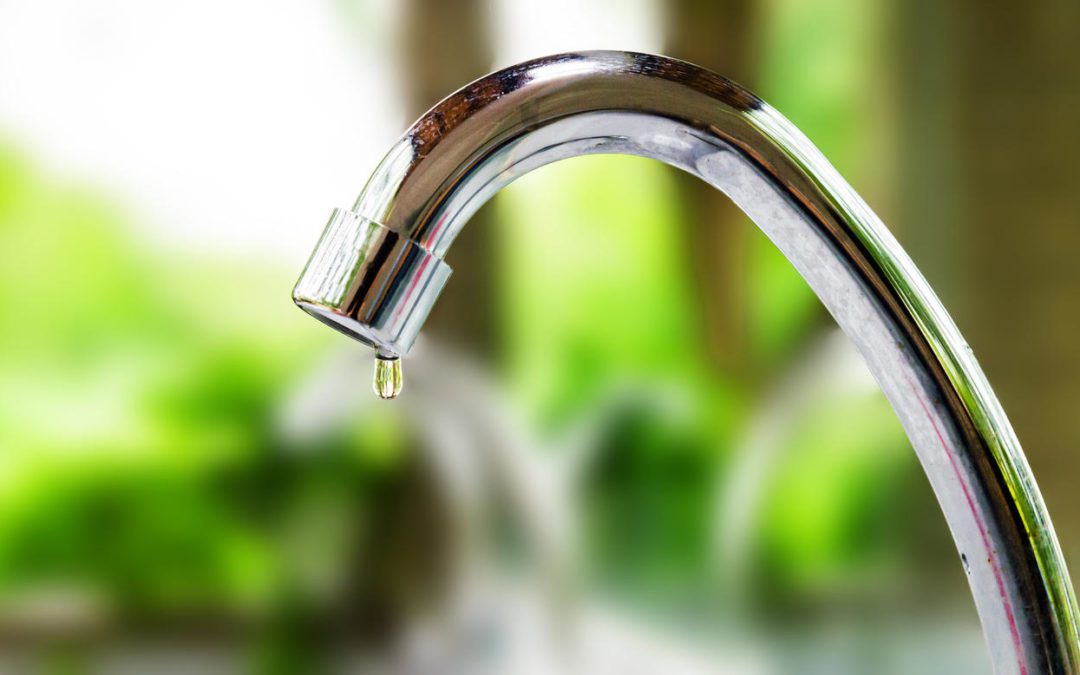

![]() Take a look at the water usage during a colder month, such as January or February. If a family of four uses more than 12,000 gallons per month, there are some serious leaks.
Take a look at the water usage during a colder month, such as January or February. If a family of four uses more than 12,000 gallons per month, there are some serious leaks.![]() Check the water meter before and after a two-hour period when no water is being used. If the meter changes at all, there’s probably a leak.
Check the water meter before and after a two-hour period when no water is being used. If the meter changes at all, there’s probably a leak.
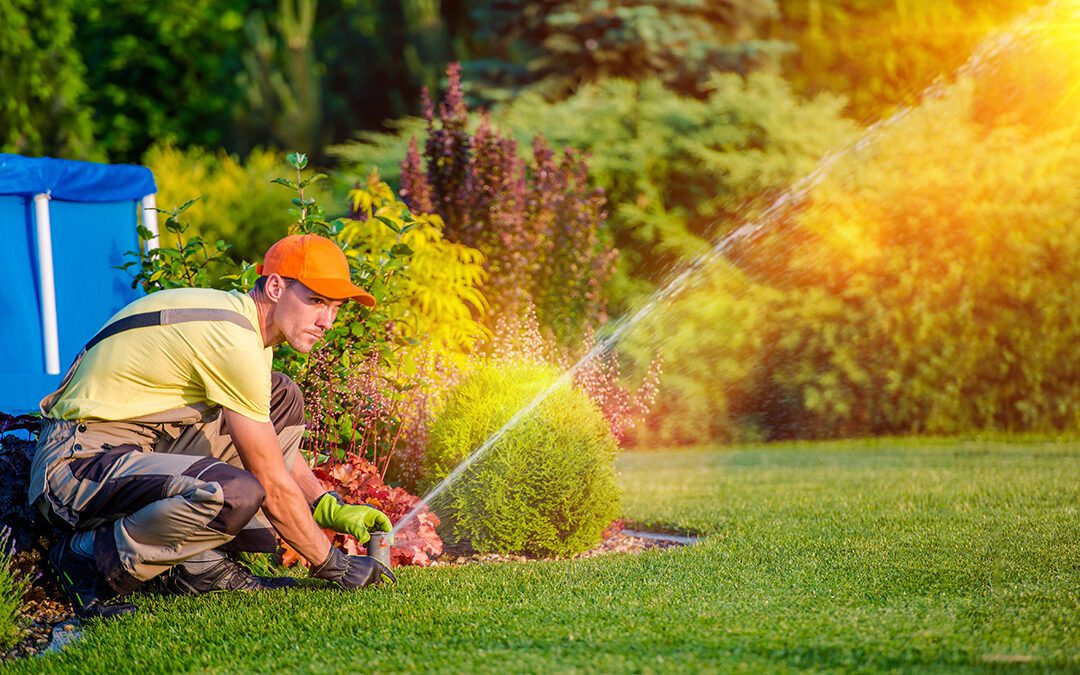
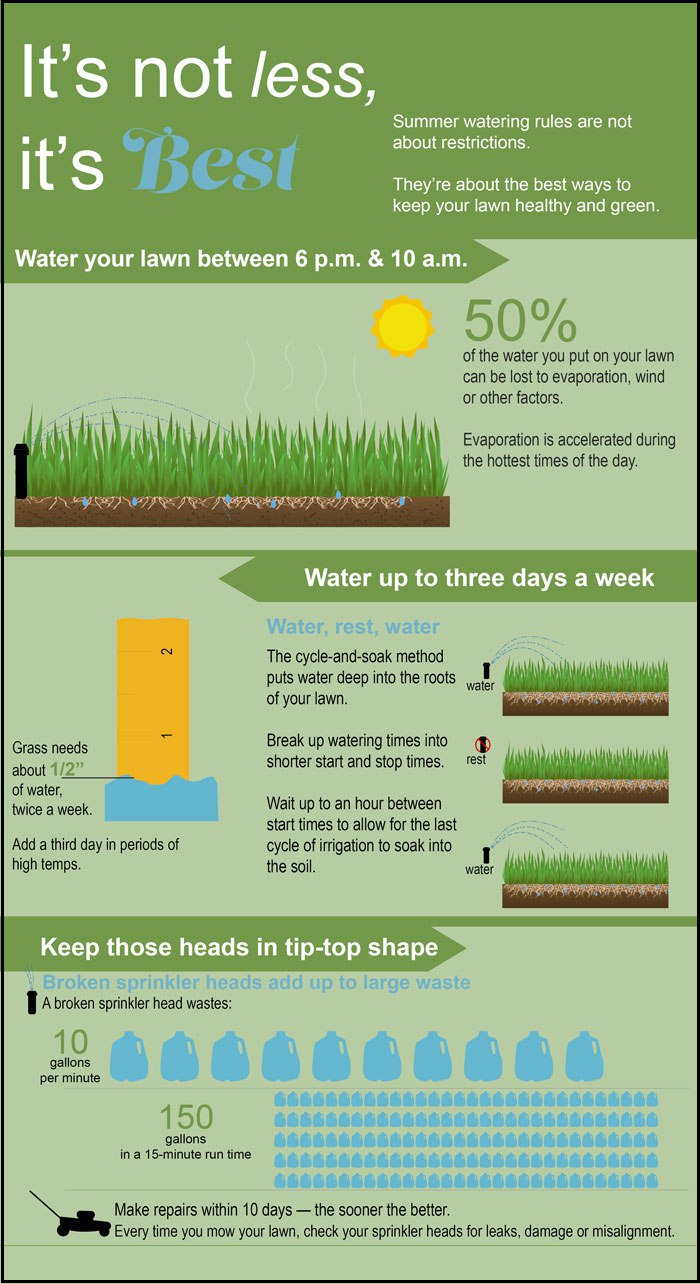

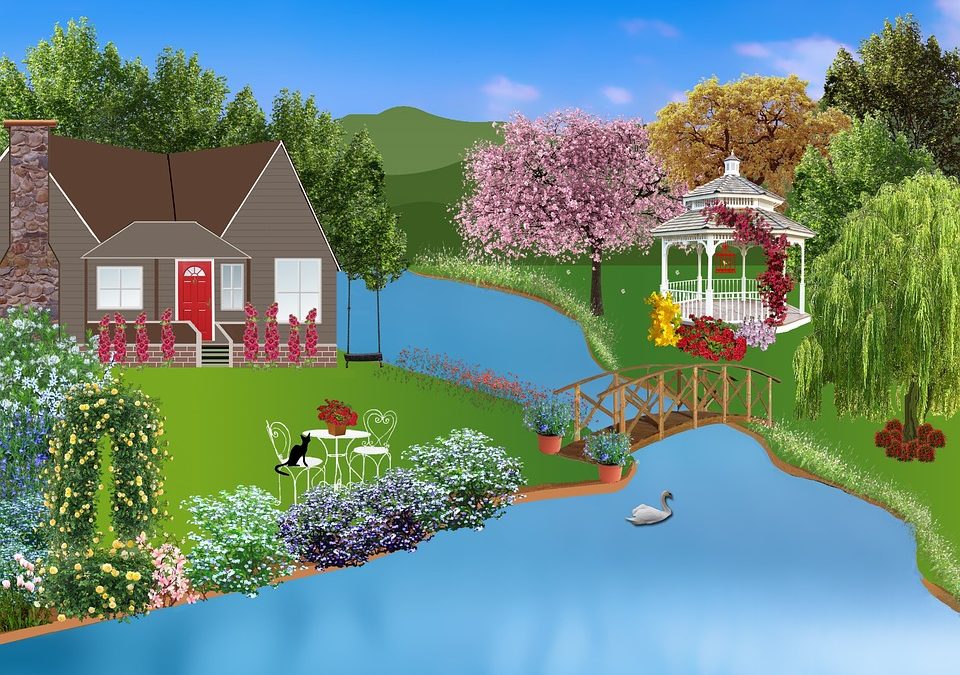
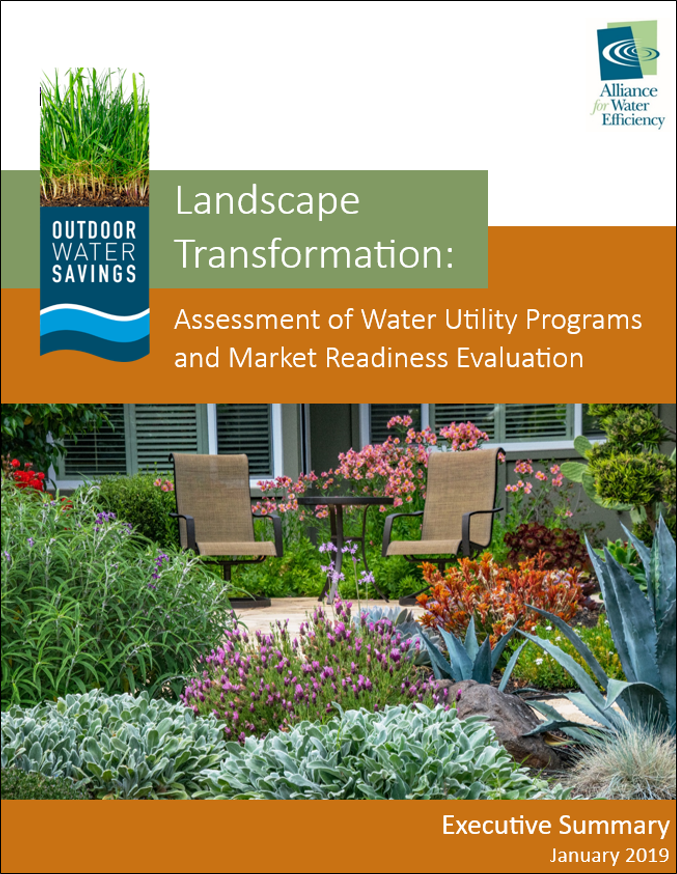 The water efficiency programs studied included incentives for efficient irrigation technologies, free distribution of mulch, turf removal and water-wise re-landscaping, and customer site audits. Water savings were achieved in every community, regardless of the climate, program type or incentives for participation. (To download the Landscape Transformation Executive Summary,
The water efficiency programs studied included incentives for efficient irrigation technologies, free distribution of mulch, turf removal and water-wise re-landscaping, and customer site audits. Water savings were achieved in every community, regardless of the climate, program type or incentives for participation. (To download the Landscape Transformation Executive Summary, 
 Almost 80 percent of respondents were dissatisfied or only somewhat satisfied with their current landscaping, and half believed their lawns are unhealthy or only partially healthy. But 85 percent believe they would need assistance with a landscape makeover; they’re looking to landscapers and irrigation professionals to help them change their landscapes.
Almost 80 percent of respondents were dissatisfied or only somewhat satisfied with their current landscaping, and half believed their lawns are unhealthy or only partially healthy. But 85 percent believe they would need assistance with a landscape makeover; they’re looking to landscapers and irrigation professionals to help them change their landscapes.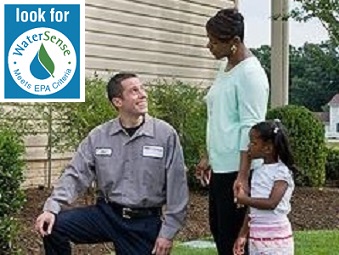 Check sprinkler heads for breaks or leaks and make sure water is going where it’s needed.
Check sprinkler heads for breaks or leaks and make sure water is going where it’s needed.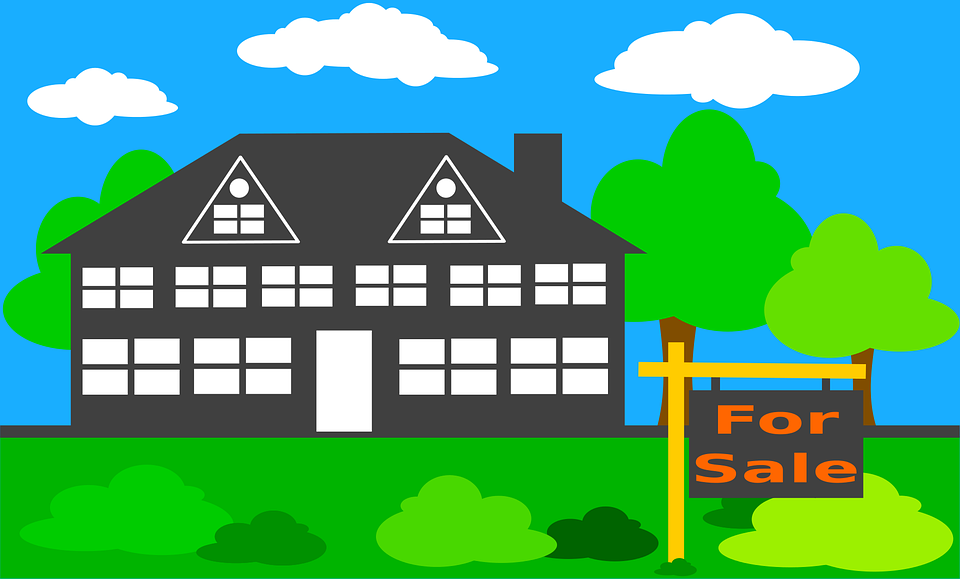
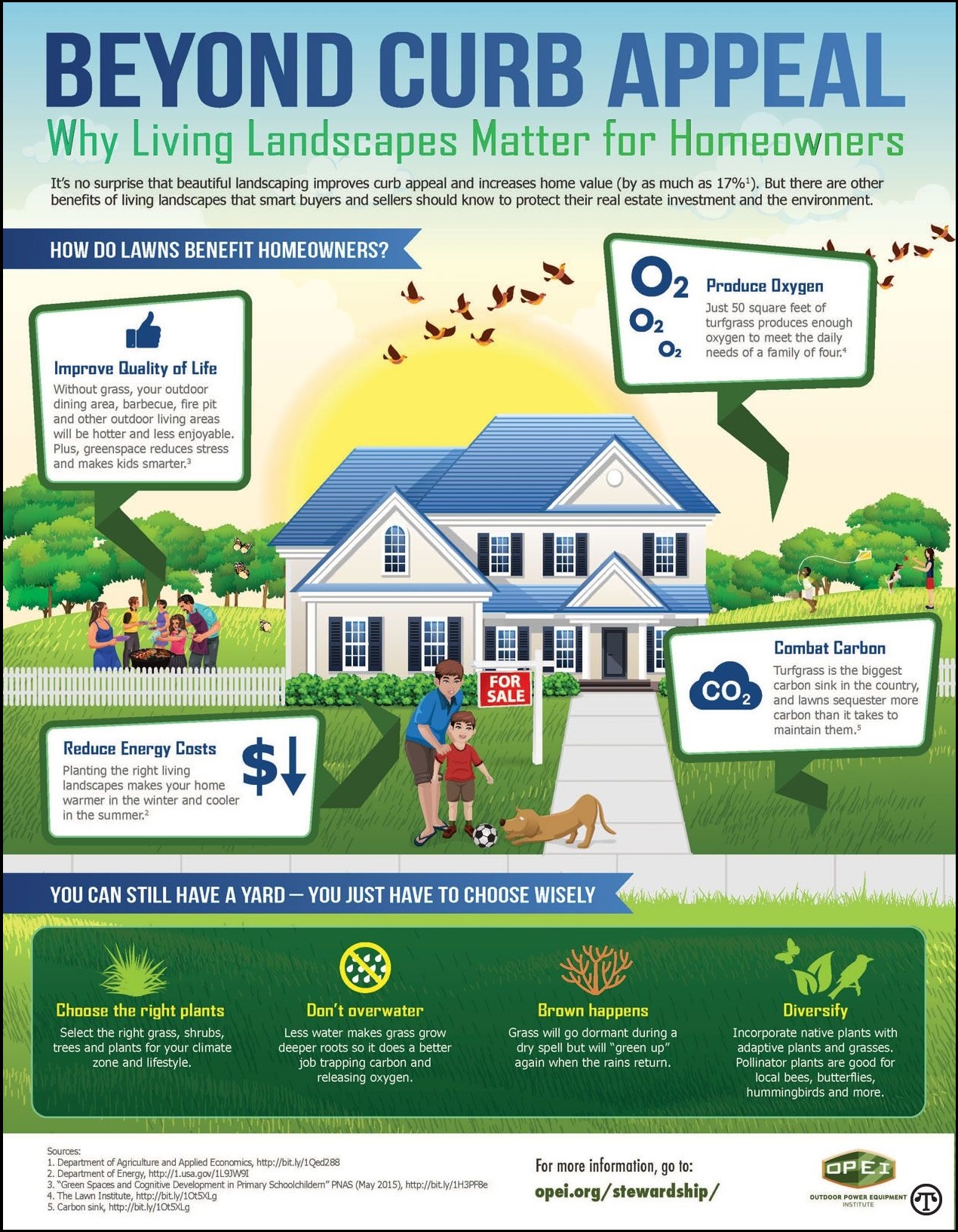
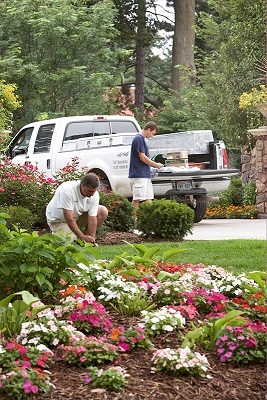 According to
According to  And what are millennials looking for in a home? Smart technology. In fact,
And what are millennials looking for in a home? Smart technology. In fact, 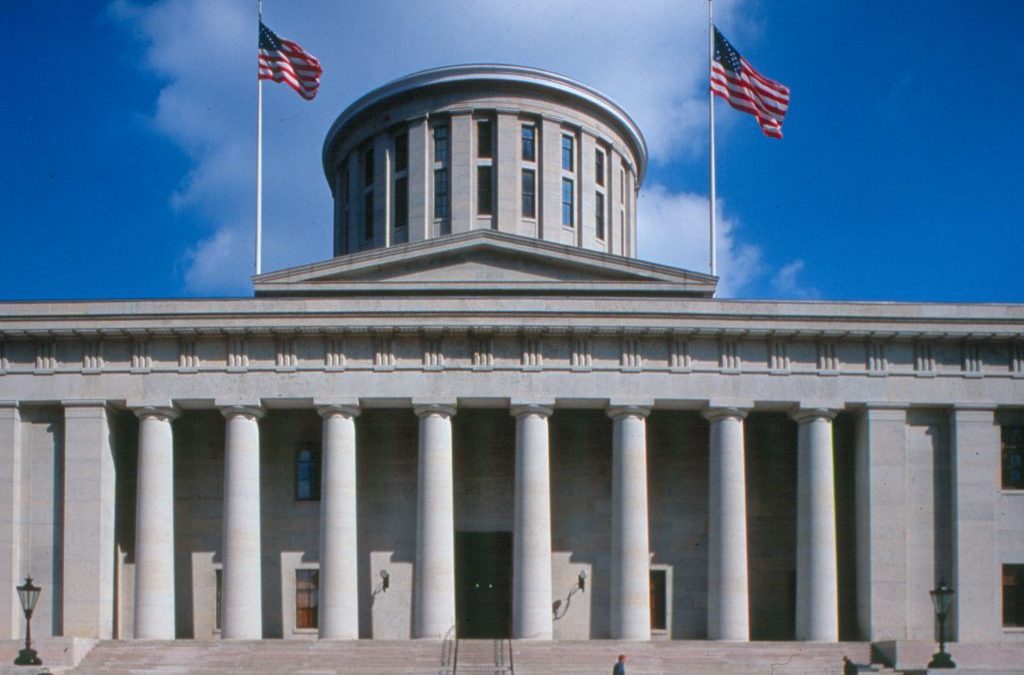
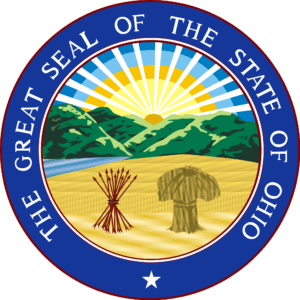 As one of the sponsors of this year’s Green Industry Advocacy Day, your Ohio Irrigation Association is counting on you. Legislative and regulatory advocacy is one of the key benefits of OIA membership. By becoming an active participant in legislative events, you strengthen this critical membership benefit.
As one of the sponsors of this year’s Green Industry Advocacy Day, your Ohio Irrigation Association is counting on you. Legislative and regulatory advocacy is one of the key benefits of OIA membership. By becoming an active participant in legislative events, you strengthen this critical membership benefit.